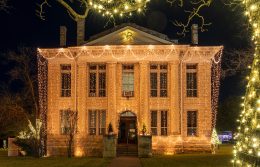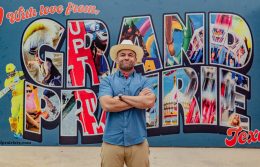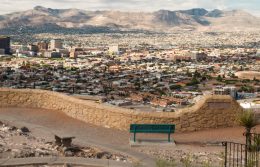Texas’ Edwards Plateau: Then and Now
Edwards Plateau is the actual heart of Texas. Roughly bordered by the Colorado River to the east and the Pecos River to the west, the geological formation marks the southernmost region of the Great Plains and stretches roughly from San Angelo to Austin to San Antonio to Del Rio.
The most famous section of Edwards Plateau is called the Hill Country, but not all of the plateau is hilly. The region’s history is as colorful as the history of Texas itself, a story of changes and challenges, and of a difficult and unwelcoming landscape that helped forge the rugged nature of the Texas spirit.
Birth of the Hill Country
One hundred million years ago, an ocean covered Texas. During the Cretaceous Period, deposits of sandstone, limestone, shales, and dolomites accumulated on the ancient ocean’s floor. When the water receded, it revealed the Edwards Plateau.
To see what the plateau originally looked like, head out to its western portion, in West Texas. The dry climate has helped preserve the elevated flats and grassland savanna.
The eastern section of the plateau tells another story. Over time, the rivers, creeks, wind, and rain that cut through the limestone and shale have eroded the flat plateau, transforming it into the distinctive series of rolling hills that Texans know today as the Hill Country.
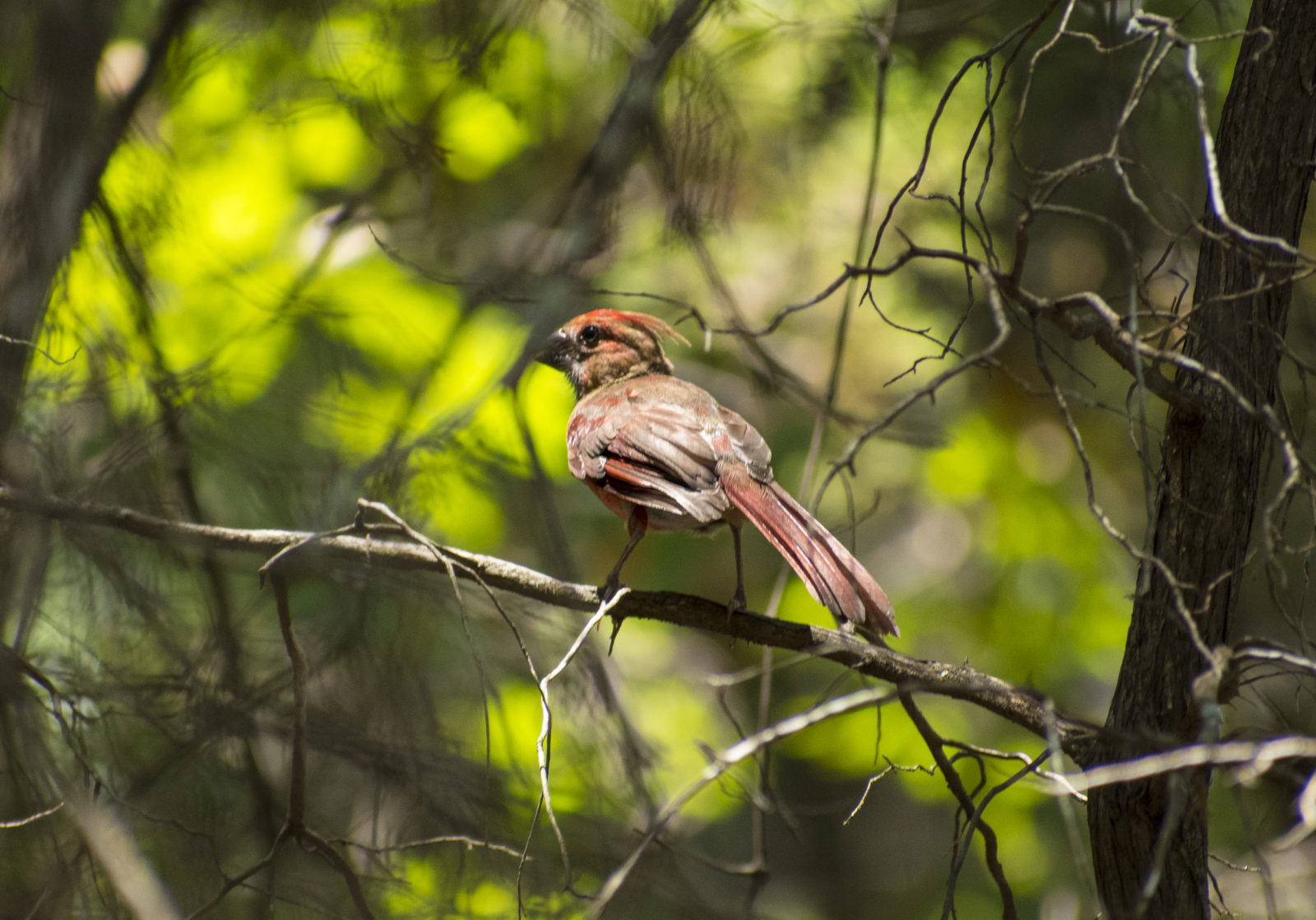
Photo by Andrew Fisher
Delicate Ecosystem
For thousands of years, Edwards Plateau remained a harsh but delicately balanced ecosystem. The grassland savanna supported a diversity of floras and grasses, and a variety of unique species and migrating wildlife made the region their home.
Cedar trees grew near rivers and streams and offered nesting grounds for the golden-cheeked warbler. The grasslands were home to herds of bison and antelope. Frequent fires were part of the natural cycle of birth and rebirth, helping to curtail the spreading of shrubs and cedar.
Native American Crossroads
Before the arrival of European settlers, Edwards Plateau was a crossroads for a number of Native American tribes. Before 1600, the Tonkawa people roamed the region, hunting buffalo and trading with other tribes. These included the Caddo, Jumano, and Coahuiltecan tribes.
After the arrival of the Spanish, the newly mounted Apache tribe moved into the region and pushed the Tonkawas off much of their land. Later, the Comanches would expand into and dominate most of Edwards Plateau.
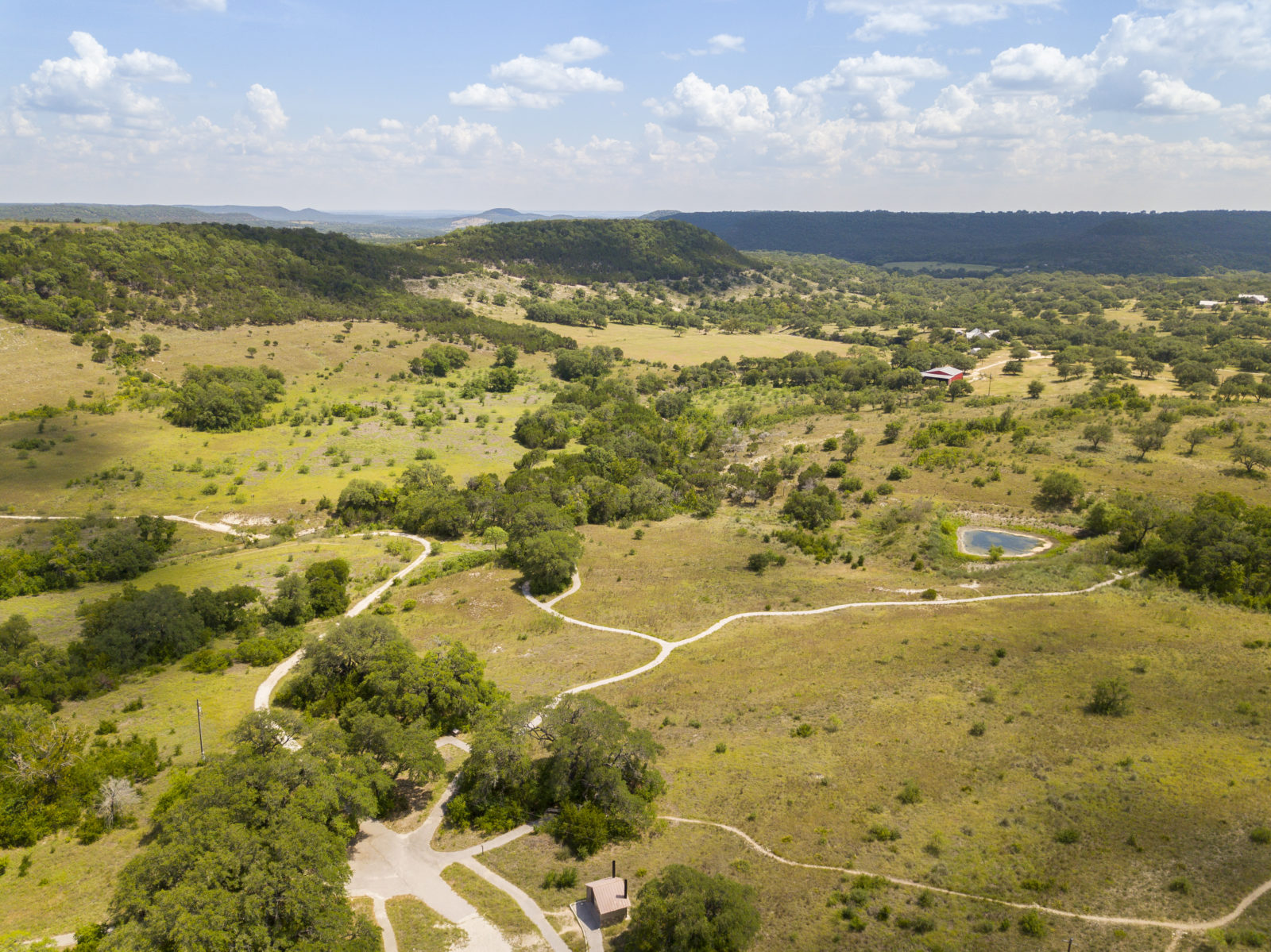
Photo by Andrew Fisher
Settler History
The arrival of European settlers in the 1800s marked the beginning of a rapid period of change for both the people and the landscape of Edwards Plateau.
Texas settlers pushing Native American tribes off the land is the grist and fodder for the legends of the Old West. The Texas Rangers and U.S. military patrols, which set up a frontier line of forts to protect the encroaching settlers, drove out or relocated all the Texas-native tribes by the end of the 19th century.
Less visible was the effect these settlers had on the landscape. They removed old-growth cedars to make way for ranch- and farmland, which often resulted in the elimination of delicate habitats. Overgrazing of cattle, sheep, and goats also led to the erosion of prairie land and the encroachment of shrubby species like mesquite and ashe juniper.
Natural fires that used to clear out undergrowth were quelled by settlers. As a result, over a hundred years, the prairie landscape of much of Edwards Plateau transformed into a mix of shrub forests and dwindling habitats.
Challenging Ranchlands
The same sparse conditions that make the plateau one of the most picturesque regions of Texas also make it difficult for farmers and ranchers. The soil is thin and rocky, the hills steep and water scarce.
The remoteness of the region was amplified by the absence of the railroad as late as 1950. But rugged Texas ranchers always eked out a living here, grazing cattle, sheep, and goats. It hasn’t been easy. Over the years, families have had to sell their ranches to make ends meet.
Those who survived learned to mitigate their effect on the land, implementing smarter grazing techniques and avoiding overuse. These techniques include using sheep to root out some invasive species, clearing land for smaller herds of cattle. Edwards Plateau is the largest sheep-grazing region in the U.S.
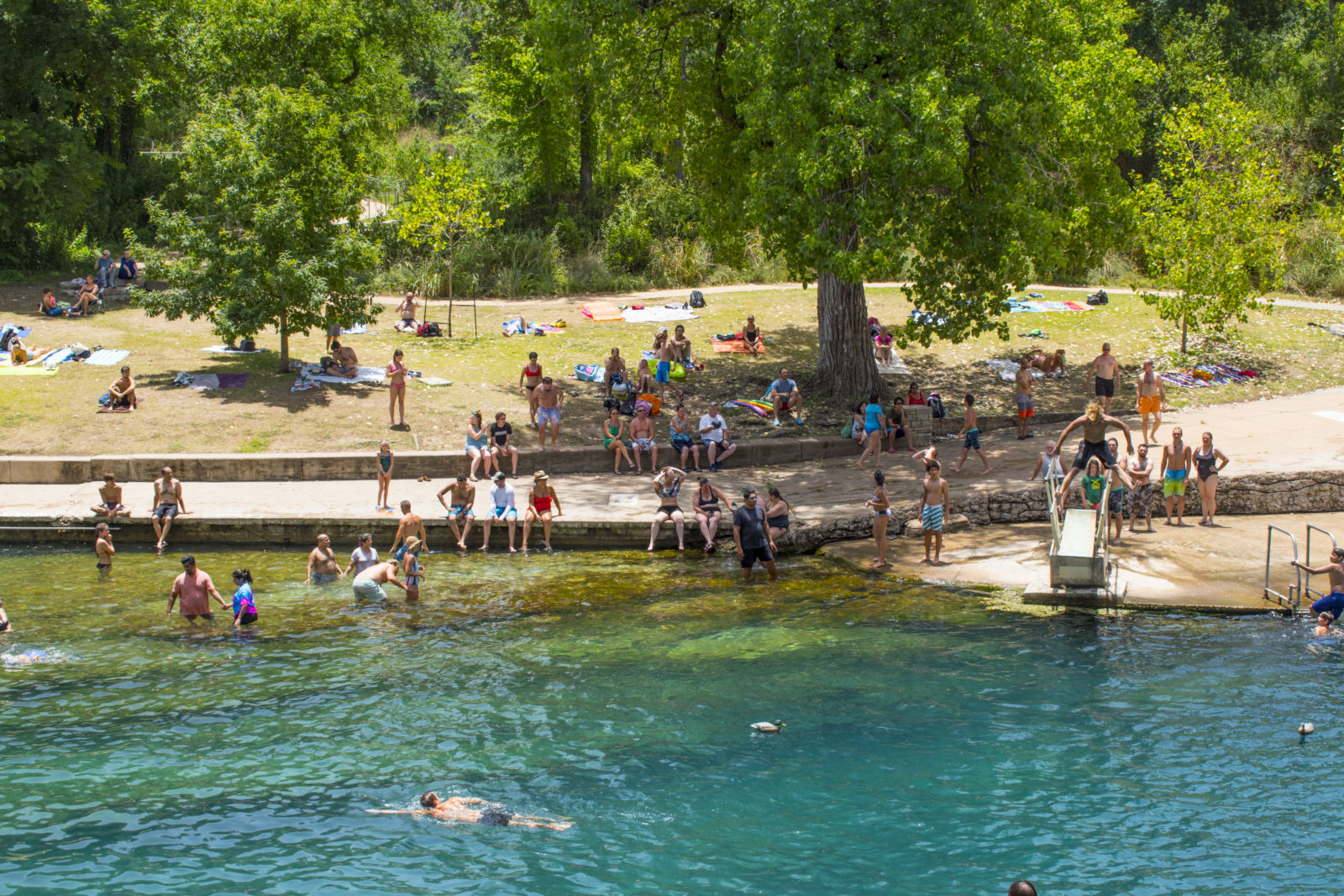
Photo by Andrew Fisher
Natural Wonders
Edwards Plateau is still home to an array of rare and beautiful species, though many of these species find themselves under increased threat.
- Balcones Canyonlands National Wildlife Refuge: Edwards Plateau is now the only place in the world where you can find the rare and endangered golden-cheeked warbler, which nests in the branches of old-growth cedars. This refuge offers visitors miles of trails.
- Bracken Cave: The region is home to many caves, which boast their own wonders. Northeast of San Antonio, Bracken Cave is home to some 20 million bats, the largest concentration of mammals on the planet. Member and public nights are held during the summer, when the baby bats are born and beginning to fly.
- Barton Springs: The natural spring that feeds Austin’s Barton Springs Pool also plays host to a rare amphibious creature, the Barton Springs salamander.
Hill Country Destinations
The irony is that people want to move to the Hill Country to enjoy its rare beauty, but the encroachment of development is what threatens the natural habitats.
Still, conservationists, public officials, and aggies all play an important role in preserving Edwards Plateau, by working together and working smarter to preserve the treasured land in the heart of Texas.
Explore more of the Hill Country at these 10 historic dance halls.
© 2018 Texas Farm Bureau Insurance

